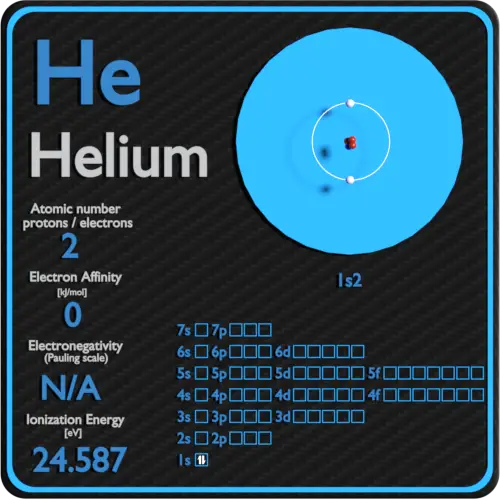

Extensive ab initio calculations indicate that HArF is intrinsically stable, owing to significant ionic and covalent contributions to its bonding, thus confirming computational predictions that argon should form a stable hydride species with properties similar to those of the analogous xenon and krypton compounds reported before. Helium is used as a protective gas in growing silicon and germanium crystals, in titanium and zirconium production, and in gas chromatography. Here we report that the photolysis of hydrogen fluoride in a solid argon matrix leads to the formation of argon fluorohydride (HArF), which we have identified by probing the shift in the position of vibrational bands on isotopic substitution using infrared spectroscopy. Although the lighter noble gases neon, helium and argon are also expected to be reactive under suitable conditions, they remain the last three long-lived elements of the periodic table for which no stable compound is known. Since then, a range of different compounds containing radon, xenon and krypton have been theoretically anticipated and prepared. Helium is a noble gas or group-18 element of the periodic table with the chemical symbol He and atomic number 2. This prediction was verified in 1962 by the preparation of xenon hexafluoroplatinate, XePtF6, the first compound to contain a noble-gas atom. Pauling predicted in 1933 that the heavier noble gases, whose valence electrons are screened by core electrons and thus less strongly bound, could form stable molecules.

This makes these elements relatively non-reactive, and they exist at room temperature as monatomic gases. This fact has key implications for the building up of the periodic table of elements.The noble gases have a particularly stable electronic configuration, comprising fully filled s and p valence orbitals. The ordering of the electrons in the ground state of multielectron atoms, starts with the lowest energy state (ground state) and moves progressively from there up the energy scale until each of the atom’s electrons has been assigned a unique set of quantum numbers.

It is the Pauli exclusion principle that requires the electrons in an atom to occupy different energy levels instead of them all condensing in the ground state. In the periodic table, the elements are listed in order of increasing atomic number Z. The number of electrons in each element’s electron shells, particularly the outermost valence shell, is the primary factor in determining its chemical bonding behavior. The configuration of these electrons follows from the principles of quantum mechanics. The chemical properties of the atom are determined by the number of protons, in fact, by number and arrangement of electrons. See also: Atomic Number – Does it conserve in a nuclear reaction? Atomic Number and Chemical PropertiesĮvery solid, liquid, gas, and plasma is composed of neutral or ionized atoms. Its boiling and melting points are the lowest among all the elements. It is a colorless, odorless, tasteless, non-toxic, inert, monatomic gas that heads the noble gas group in the periodic table.
Helium periodic table free#
It is the electrons that are responsible for the chemical bavavior of atoms, and which identify the various chemical elements. (He) From Wikipedia, the free encyclopedia Helium is a chemical element with symbol He and atomic number 2. In a neutral atom there are as many electrons as protons moving about nucleus. The total electrical charge of the nucleus is therefore +Ze, where e (elementary charge) equals to 1,602 x 10 -19 coulombs. Total number of protons in the nucleus is called the atomic number of the atom and is given the symbol Z. The nucleus is composed of protons and neutrons. The atom consist of a small but massive nucleus surrounded by a cloud of rapidly moving electrons.


 0 kommentar(er)
0 kommentar(er)
